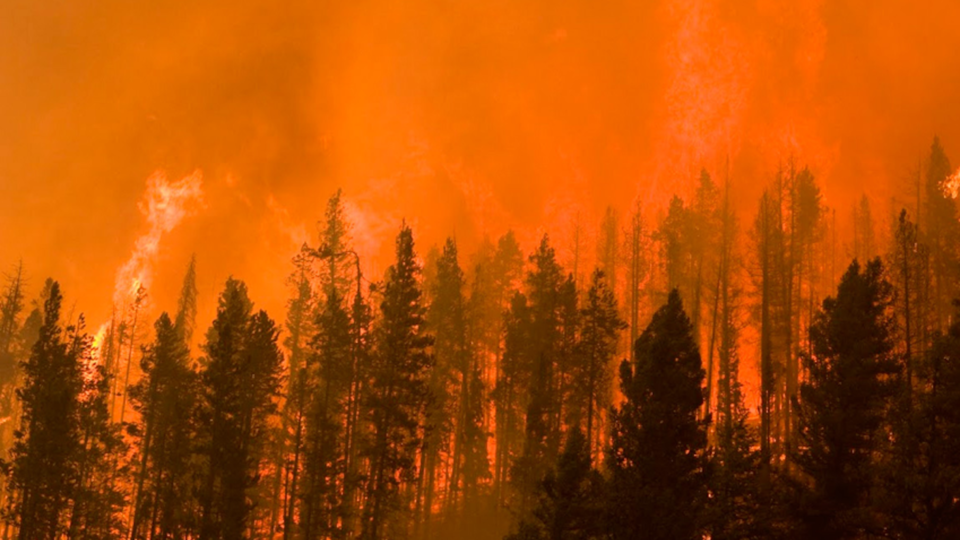Science News
Living with Wildfires

“A different view of wildfire is urgently needed. We must accept wildfire as a crucial and inevitable natural process on many landscapes. There is no alternative. The path we are on will lead to a deepening of our fire-related problems worldwide, which will only become worse as the climate changes.”
UC Berkeley’s Max Moritz is asking us to pay attention to wildfires in a whole new way: he and fellow scientists say we must learn to coexist with the natural phenomenon, or we will perish.
“We don’t try to ‘fight’ earthquakes—we anticipate them in the way we plan communities, build buildings and prepare for emergencies. We don’t think that way about fire, but our review indicates that we should,” he says. “Human losses will only be mitigated when land-use planning takes fire hazards into account in the same manner as other natural hazards, like floods, hurricanes and earthquakes.”
Moritz and his colleagues, publishing last week in Nature, outline exactly how we can coexist with these deadly—and increasingly more frequent—events with better planning and forethought. And they don’t mean tools like thinning and prescribed burns, but rather tougher regulation on building in fire-prone areas, better fire preparedness—warning systems, plans, and procedures, much as we have in place for earthquakes—and improved maps of fire hazard regions (such as this one of our great state.)
The team also analyzed different kinds of natural fires, what drives them in various ecosystems, the ways public response to fire can differ, and the critical interface zones between built communities and natural landscapes. They found infinite variations on how these factors can come together.
“It quickly became clear that generic one-size-fits-all solutions to wildfire problems do not exist,” Moritz says. “Fuel reduction may be a useful strategy for specific places, like California’s dry conifer forests, but when we zoomed out and looked at fire-prone regions throughout the western United States, Australia and the Mediterranean Basin, we realized that over vast parts of the world, a much more nuanced strategy of planning for coexistence with fire is needed.”
The authors underscore that wildfires are a natural part of many ecosystems and can have a positive long-term influence on the landscape, despite people labeling them as “disasters.” Fires can stimulate vegetation regeneration, promote a diversity of vegetation types, provide habitat for many species and sustain other ecosystem services, such as nutrient cycling.
The money and energy we spend fighting wildfires may be better spent in learning to live with them.
Image: The 2007 Castle Rock Fire, Kari Geer/National Interagency Fire Center